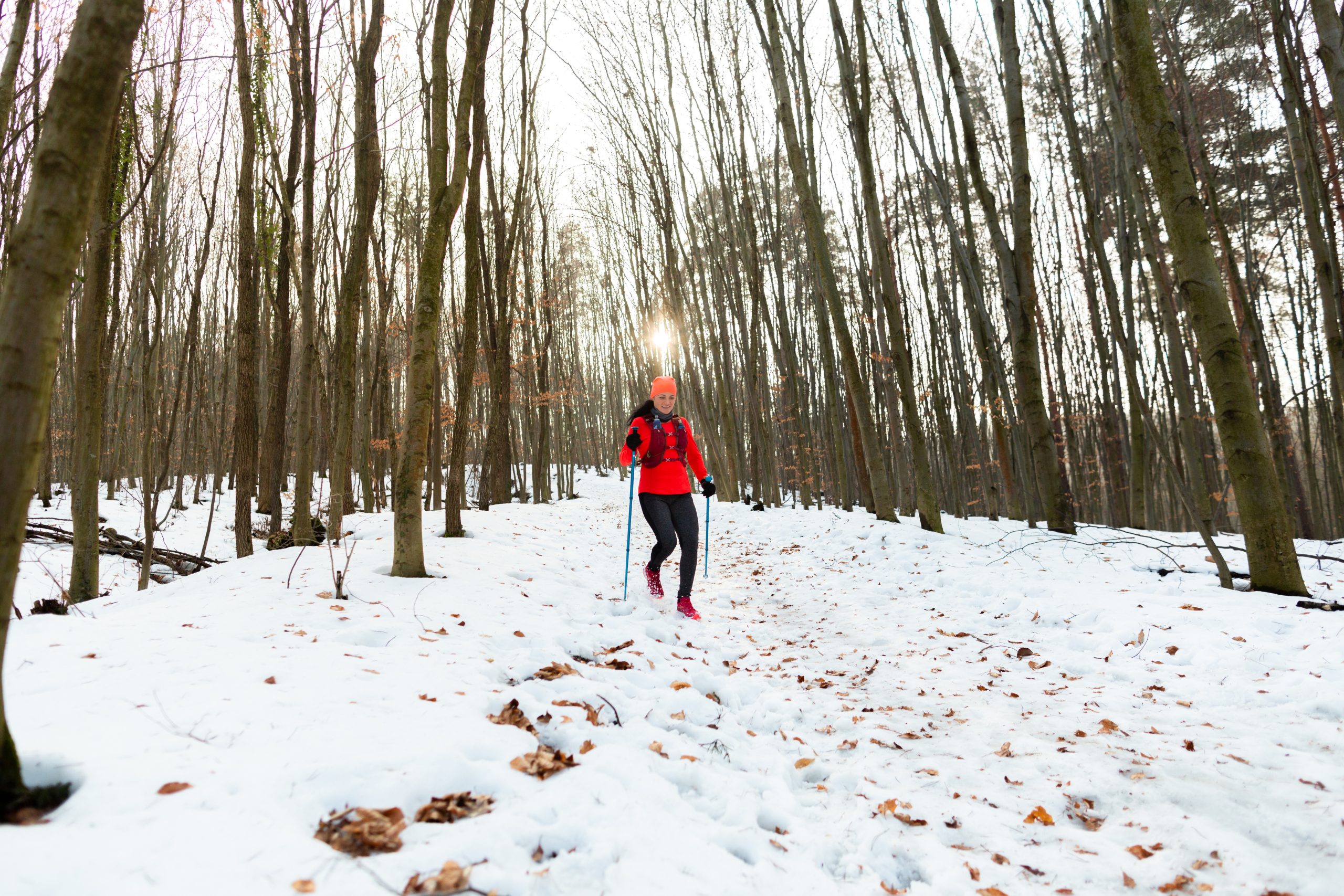Get to Know Your State Parks
My family and I recently visited Grand Teton National Park in Wyoming. It was breath-taking! What an experience to witness firsthand what Katharine Lee Bates describes in “America the Beautiful” when she writes about beautiful spacious skies and purple mountain majesties! As my feet got closer to being back in the Midwest, however, I realized something. As thankful as I was to visit one of the national parks, I was extremely appreciative to have so many state parks literally minutes from my house.
The state parks may keep a lower profile than America’s renowned national parks, but that doesn’t mean that they’re any less of a worthwhile destination.
The birth of the state park. The idea for state parks and land managed by state agencies arose in the late 19th century, beginning in the northeast part of the country. By 1921, 29 states did not have a state park system yet, but momentum was building and by 1925, 48 states had begun to formulate park development plans. Unfortunately, the Great Depression stopped any progress that was being made. But in 1933, a big boost to the state park system came with the creation of the Civilian Conservation Corps (CCC), one of President Franklin Roosevelt's earliest New Deal Programs. Through the CCC, young men between the ages of 18 and 25 began planting trees, cutting trails, creating picnic areas, campgrounds, bathrooms, and other facilities. By 1935, 41 states developed active park programs.
Stephen T. Mather, the first director of the National Parks Service, envisioned that the states and federal government needed to work together to develop a great national system of parks. His dream came true. Today, across the 50 states, there are 2,474 official state parks. When you include state forests, historic sites, wildlife refuges, and land set aside for recreation, the numbers add up to 20,142,089 acres of state land with more than 867 million visits. And right in your backyard are 36 state parks in Wisconsin and 65 in Minnesota!
The pros of the state park. Why should you add a visit to a state park to your summer bucket list? State parks are inexpensive. A daily vehicle pass to a WI state park ranges from $8-$13, depending on the park, with an annual pass costing $28. A daily pass to a MN state park is $7, with an annual pass costing $35. You can also bring food in and use one of the picnic areas with grills. Aside from the financial benefit, state parks offer miles of trails for you and your furry friends, provide a secluded opportunity to enjoy nature, take in a little local history, bird-watch, look for wildlife, and enjoy all the physical and mental health benefits of being outside! Some start parks also offer beaches, water recreation opportunities, and camping! Possibly the most striking “pro” for the state park is how accessible they are. And if you already have your favorite state park that you visit frequently, try out a new one!
Fun Fact: Interstate State Park is the oldest state park in Wisconsin, established in 1900, and located in St. Croix Falls.
WI State Parks near La Crosse.
- Wildcat Mountain State Park – 60 minutes
- Mill Bluff State Park – 55 minutes
- Perrot State Park – 35 minutes
MN State Parks near La Crosse.
- Whitewater State Park – 55 minutes
- Beaver Creek Valley State Park – 35 minutes
- Great River Bluffs State Park – 25 minutes
Fun Fact: There are 8 state parks on the shores of Lake Superior in Minnesota.
With the official start of summer just a few days behind you, now is the time to relish the longer days and add a trip to a state park to your calendar.
Heidi Kutz
Education Specialist, ViaroHealth
For questions or comments, contact wellness@viarohealth.com



